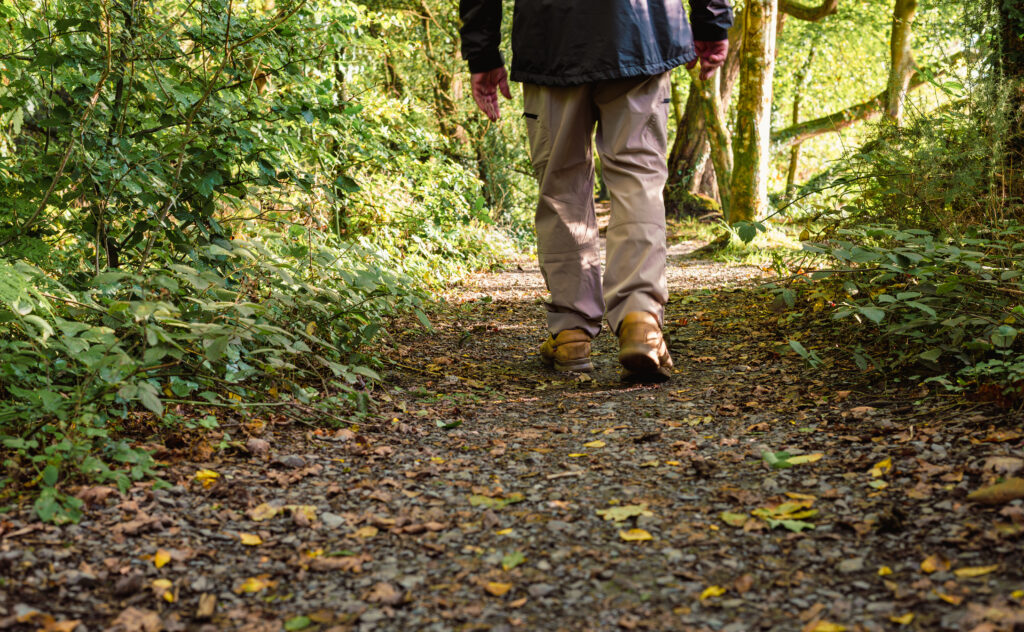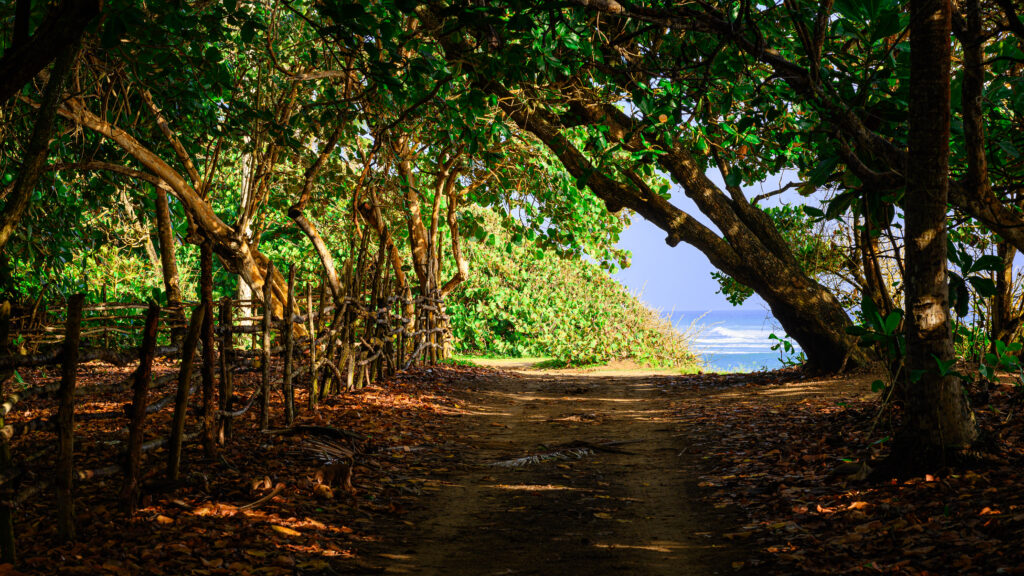
Trail Reclamation
A Guide to Restoring Nature's Paths
Nature trails are essential for both humans and wildlife, providing valuable access to natural spaces and fostering a connection with the great outdoors. Unfortunately, many trails have fallen into disrepair, posing challenges to the ecosystems they traverse. The good news is that with the right knowledge, tools, and dedication, these trails can be restored, ensuring their longevity and benefit to both wildlife and humans.
Understanding the Importance of Nature Trails
Nature trails play a crucial role in maintaining healthy ecosystems. They provide corridors for wildlife movement, enabling species to access different habitats and resources. These pathways are like lifelines, allowing animals to forage for food, seek shelter, and find mates. Moreover, trails help disperse seeds and pollinators, contributing to biodiversity and promoting a thriving natural environment. By reclaiming and restoring these trails, we can safeguard the stability and functionality of ecosystems.
Trails are not mere physical paths through the woods; they are vital ecological components. They facilitate the movement of animals, including migratory species, helping them navigate through fragmented landscapes. By maintaining connectivity between habitats, trails foster gene flow, preventing detrimental genetic isolation and increasing genetic diversity. This diversity enhances the resilience of species, enabling them to adapt to environmental changes.
Additionally, nature trails offer recreational opportunities for individuals and families. They provide a space for outdoor activities such as hiking, birdwatching, and photography. Engaging in these activities not only promotes physical and mental well-being but also fosters a sense of connection to nature. By experiencing the beauty and tranquility of nature firsthand, people are more likely to develop a desire to protect and preserve natural habitats.

The Impact of Neglected Trails on Wildlife
However, when trails are neglected, the consequences for wildlife can be severe. Overgrown vegetation and deteriorated paths hinder animal movement, inhibiting their ability to access resources, find mates, and establish territories. Neglected trails can also disrupt natural processes like seed dispersal and pollination, which are critical for maintaining healthy plant populations. By understanding the impact of neglected trails on wildlife, we can appreciate the urgency and importance of restoring them.
Moreover, neglected trails can pose safety risks for both wildlife and humans. Fallen branches, eroded paths, and unstable bridges can lead to accidents and injuries. Restoring and maintaining nature trails ensures the safety of visitors and minimizes the disturbance to wildlife habitats.
The Process of Trail Reclamation
Restoring a trail requires careful planning, adequate resources, and a step-by-step approach. By following a systematic process, we can ensure effective restoration that will benefit both ecosystems and trail users.
The first step in trail reclamation is conducting a thorough assessment of the current state of the trail. Issues to consider include erosion, encroaching vegetation, and any obstacles that impede access. This assessment will help identify the extent of the restoration needed and allow for the development of a comprehensive plan.
During the initial assessment, it is crucial to take into account the trail’s ecological significance. Trails often pass through diverse ecosystems, including forests, wetlands, and meadows. Understanding the unique characteristics of these ecosystems will help guide restoration efforts and ensure that the trail’s ecological integrity is maintained.
Interested in a project?
Gathering the Right Tools and Resources
Restoring a trail requires specific tools and resources. Shovels, rakes, pruning shears, and wheelbarrows are essential for clearing vegetation and debris. In some cases, heavy machinery may be necessary for more extensive restoration work, such as removing large fallen trees or reshaping the trail’s topography.
It is also essential to gather appropriate materials, such as gravel or wood chips, for resurfacing the trail if needed. The choice of materials should be based on their compatibility with the trail’s natural surroundings. For example, using locally sourced materials can help maintain the trail’s aesthetic appeal and minimize the ecological impact of the restoration process.
Furthermore, it is crucial to consider the availability of skilled labor and volunteers. Engaging a team of experienced trail builders and restoration experts can significantly enhance the efficiency and effectiveness of the restoration project.
Maintaining Restored Trails
Restoration efforts should not stop once the trail is reclaimed. Regular inspection and upkeep are essential to ensure the trail remains sustainable and continues to provide ecological benefits.
When it comes to maintaining restored trails, there are several important factors to consider. One of the key aspects is conducting regular inspections. These inspections help identify any issues that may hinder trail access, such as erosion, fallen trees, or encroaching vegetation. By addressing these issues in a timely manner, trail users can continue to enjoy a safe and enjoyable experience.

Periodic inspections play a vital role in the maintenance of restored trails. These inspections should be conducted by knowledgeable individuals who are familiar with the unique challenges that trails face. By regularly assessing the condition of the trail, potential issues can be identified and addressed before they become major problems.
Enhancing Biodiversity and Habitat Quality
By reclaiming and restoring trails, we create healthier habitats for a wide range of species. Increased connectivity between habitats allows wildlife to access necessary resources more efficiently, boosting biodiversity and promoting a balanced ecosystem. Restored trails also serve as important corridors for the movement of pollinators, supporting plant reproduction and ensuring the sustainability of entire ecosystems.
Promoting Outdoor Recreation and Wellness
Restored trails offer opportunities for outdoor recreation, allowing people to escape the hustle and bustle of daily life and immerse themselves in nature. Whether it’s hiking, biking, or simply enjoying a leisurely stroll, outdoor activities provide physical and mental health benefits. Being in nature has been proven to reduce stress levels, increase creativity, and improve overall well-being. By restoring trails, we provide spaces that encourage regular exercise and foster a deep connection with the natural world.
Reclaiming trails is a worthwhile endeavor that benefits both ecosystems and the people who utilize them. By understanding the importance of nature trails, the process of restoration, and the benefits that result, we can work towards creating resilient ecosystems and fostering a deeper connection with nature. Overcoming the challenges in trail restoration will require collaboration and dedication, but the rewards will be remarkable – healthier landscapes, thriving wildlife, and enhanced well-being
Current Projects
Stairway To Heaven - Central City, CO
Proud to announce the development and construction of Central City, CO’s “Stairway to Heaven” a hiking trail with over a quarter mile of stairs with 300 feet of elevation change. This trail is currently in progress as we install over 140,000 pounds of large format tinder stairs and 600 tons of gravel. read more about it!
Completion timeframe – September, 2023